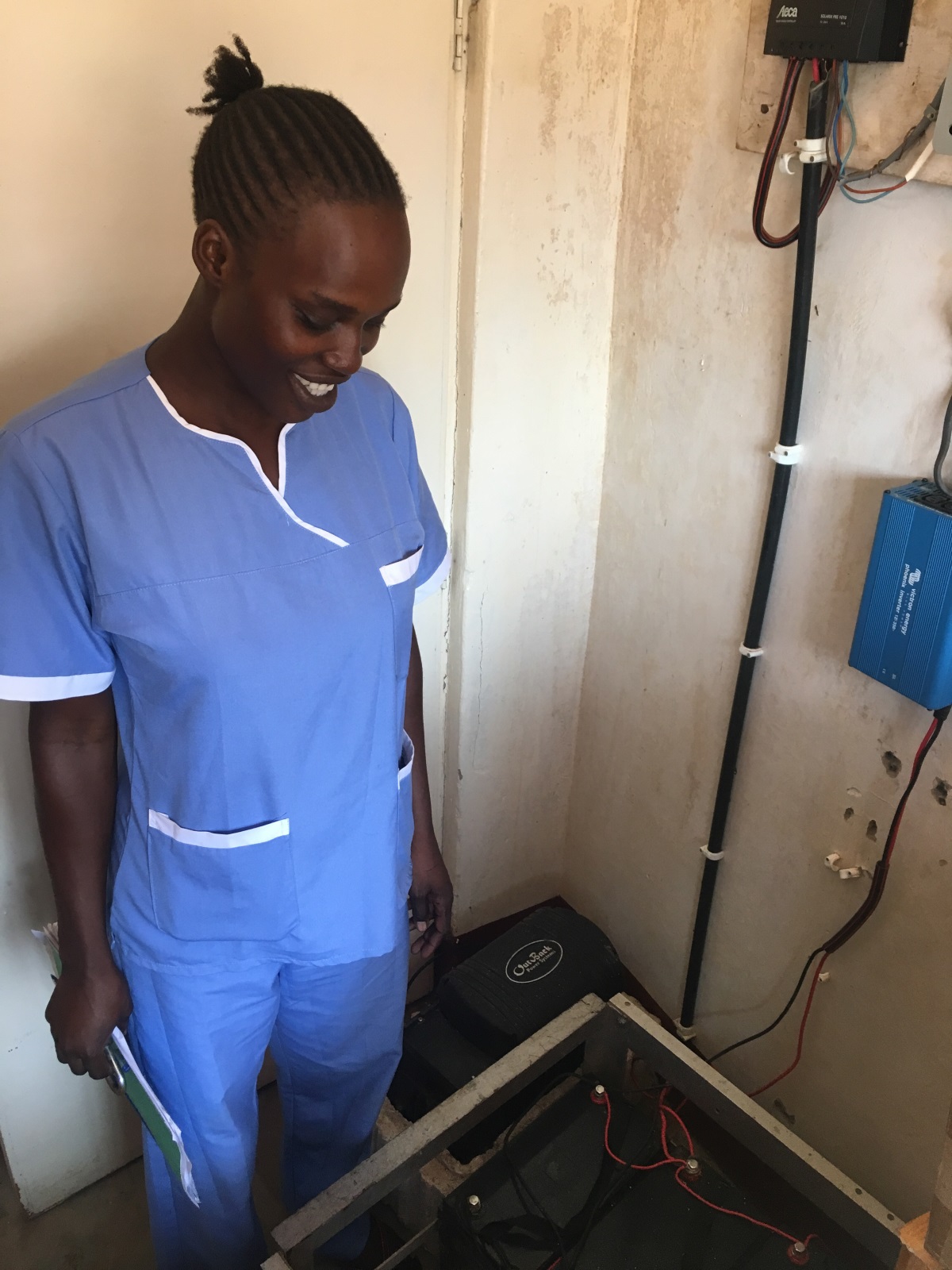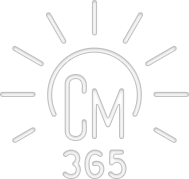What if – after delivering your baby – it was too dark to see their face? Or to see the people around you, the nurses, your family?
Before installing the solar light system at the health center, both midwife and mother found themselves in the pitch black darkness. “You can’t control nature,” said Florence, nurse in-charge at the health center. “If a baby is coming at night, they have to come here.”
On Day 100, we took the first step in getting the light system up and running – installing the necessary infrastructure, like wiring and light bulbs. And today, we’re getting the sun-powered batteries needed to keep the system going when the midwives most need it.

The batteries will charge during the day – when the sun is bright and hot in the refugee camp –and they’ll provide the energy at night to make the lights shine.
“To me, this project is the most important,” said Florence. “I’m happy to have this light at night. It will allow our work to be easier.”
From now on, when babies are delivered – even in the middle of the night – midwives can see what they’re doing. From now on, mothers can see their babies. No matter what time of day it is.

